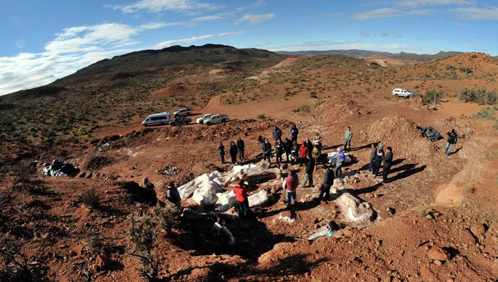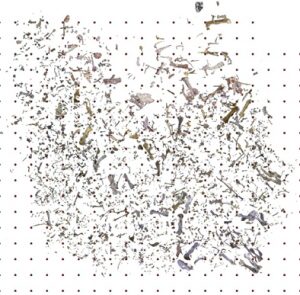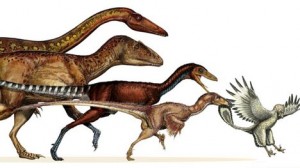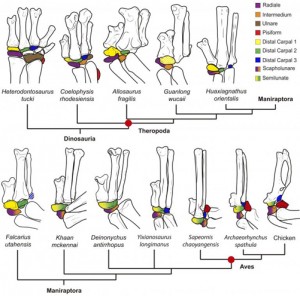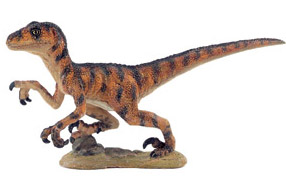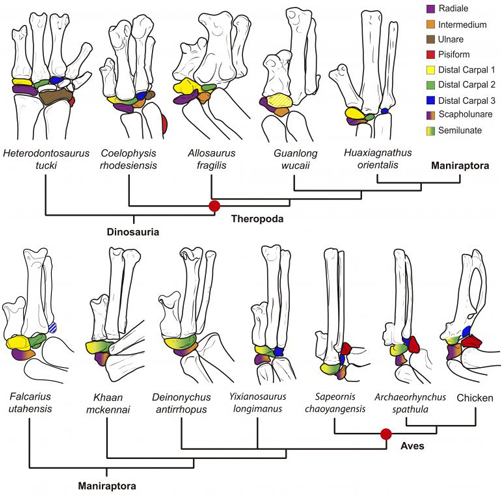Extensive Dinosaur Bonebed Discovered in Northern Mexico
Joint Mexican and German Field Team Discover Extensive Dinosaur Remains in Chihuahua Desert
The Chihuahua Desert covers much of northern Mexico and stretches across the border into the United States. At around 160,000 square miles it is the second biggest desert in North America, the United Kingdom would fit into this semi-arid and true desert habitat one and a half times. This vast area is widely recognised as supporting one of the most diverse and speciose desert ecosystems on Earth, it is ironic then to report that a team of palaeontologists have discovered a site in the Chihuahua Desert that might represent one of the most concentrated areas of Late Cretaceous dinosaur bones anywhere in the world.
Large Fossil Discovery
Mapping and Recording Fossil Evidence
Picture credit: Reuters
A field research team exploring Upper Cretaceous strata have reportedly found the remains of at least fourteen dinosaurs on a site measuring fifty by two hundred metres. Such concentrations of prehistoric animal bones although rare, have been found elsewhere in North America, perhaps most famously in Canada where a number of single species ceratopsian bone beds have been excavated, but we at Everything Dinosaur are unaware of such a concentration in Mexico.
Dinosaur Bonebed
The research team consists of scientists from the University of Heidelberg, the State Museum of Natural History in Karlsruhe and the Desert Museum in Saltillo (30 miles south-west of Monterrey, Mexico). Although there has been no data published as yet confirming the identity of these animals to the genus level, we suspect that much of the material may represent fossils of duck-billed dinosaurs. In a statement, reported in a German newspaper, the field team have announced the discovery of at least fifteen more specimens at a nearby location, just a few miles away from the concentration.
Both sites represent riverine deposits and along with the fifteen other, more scattered specimens, the scientists have found fossils of turtles, small crocodilians and the teeth of a number of Cretaceous mammals.
An Extensive Floodplain
During the Late Cretaceous much of northern Mexico was an extensive flood plain and low lying coastal area with the Western Interior Seaway to the east and the Atlantic Ocean to the south. This landmass formed part of the southern provinces of the island continent of Laramidia which stretched from Mexico in the south up to the northern tip of Alaska.
A Bone Bed Containing Extensive Fossil Remains
Picture credit: Syndar et al (PLoS One)
Dinosaur Bonebeds
To read about the discovery of a huge dinosaur “graveyard” in Switzerland: Dinosaur “Graveyard” Discovered.
Commenting on the on-going field work, palaeontologist Eberhard Frey (State Museum of Natural History in Karlsruhe) said:
“There is a huge delta here with several rivers flowing into the Gulf of Mexico. This was a very active ecosystem. We have not only found dinosaur bones, but also four different species of turtle, remains of very small crocodiles and the teeth of early mammals”.
Trace fossils have also been found in the area including some three-toed footprints indicating the presence of a large theropod dinosaur in the locality.
Außerplanmäßiger Professor Frey added:
“This week we have found three teeth of theropods. These are diagnostic features that allow us to determine the species more precisely.”
More Information to be Published Next Year
An Everything Dinosaur team member stated that it was likely that more information about the fossils will be published next year as the field team expected to return to the excavation site in 2015 to further map the area, remove more fossil material and examine the surrounding area.
Scientists have learned a great deal about the flora and fauna of the this part of the continent of Laramidia in recent years. It was just six years ago that scientists, including researchers from the Desert Museum in Saltillo published a paper on the first, unique dinosaur genus to have been identified in Mexico.
To read more about this research: Viva Mexico! New Species of Duck-Billed Dinosaur Described.
Last week, a new species of armoured dinosaur (Ziapelta sanjuanensis) was announced. The fossils of this plant-eating member of the Ankylosauridae family were discovered across the border in the southern United States (New Mexico)
To read more about this fossil find: New Armoured Dinosaur from New Mexico.


